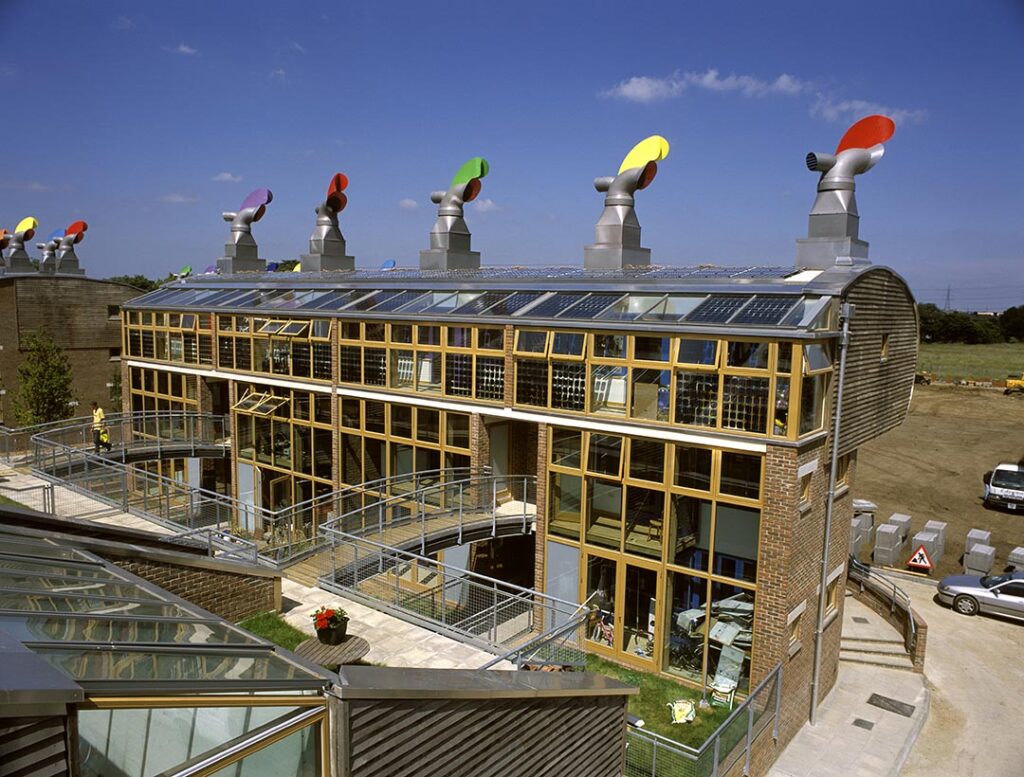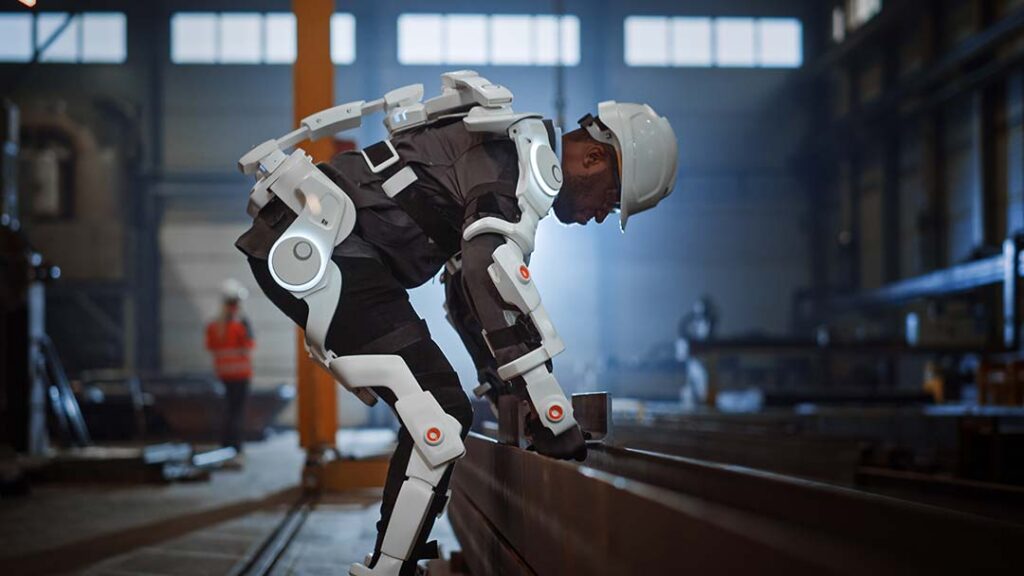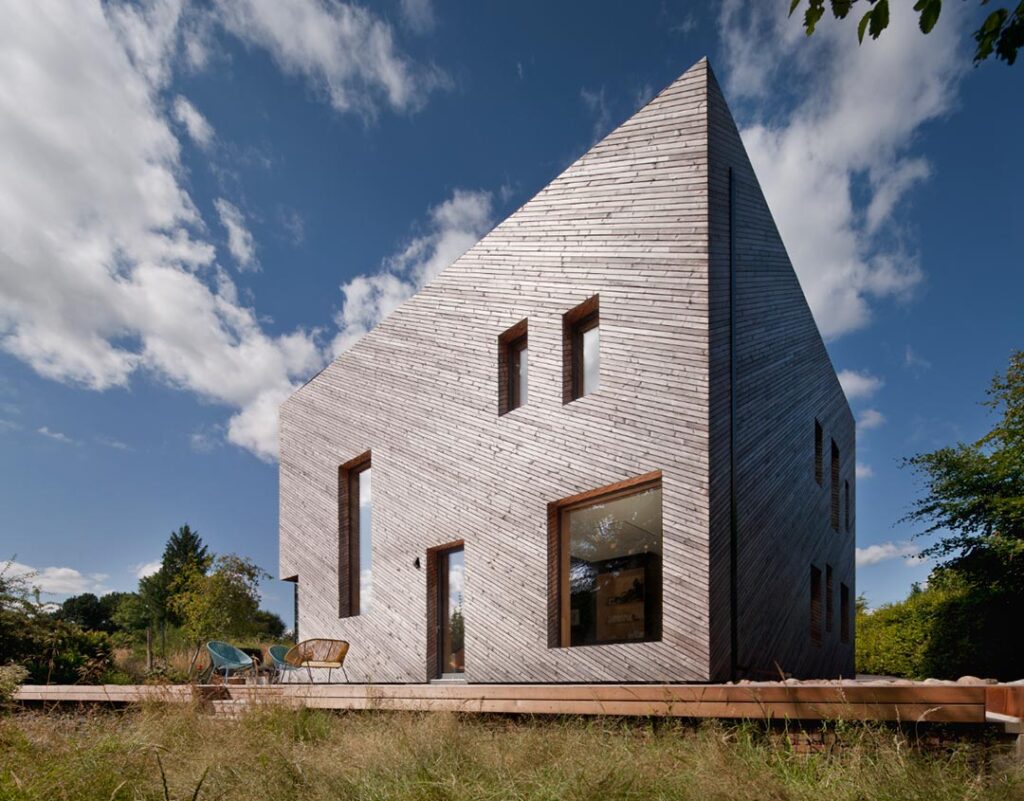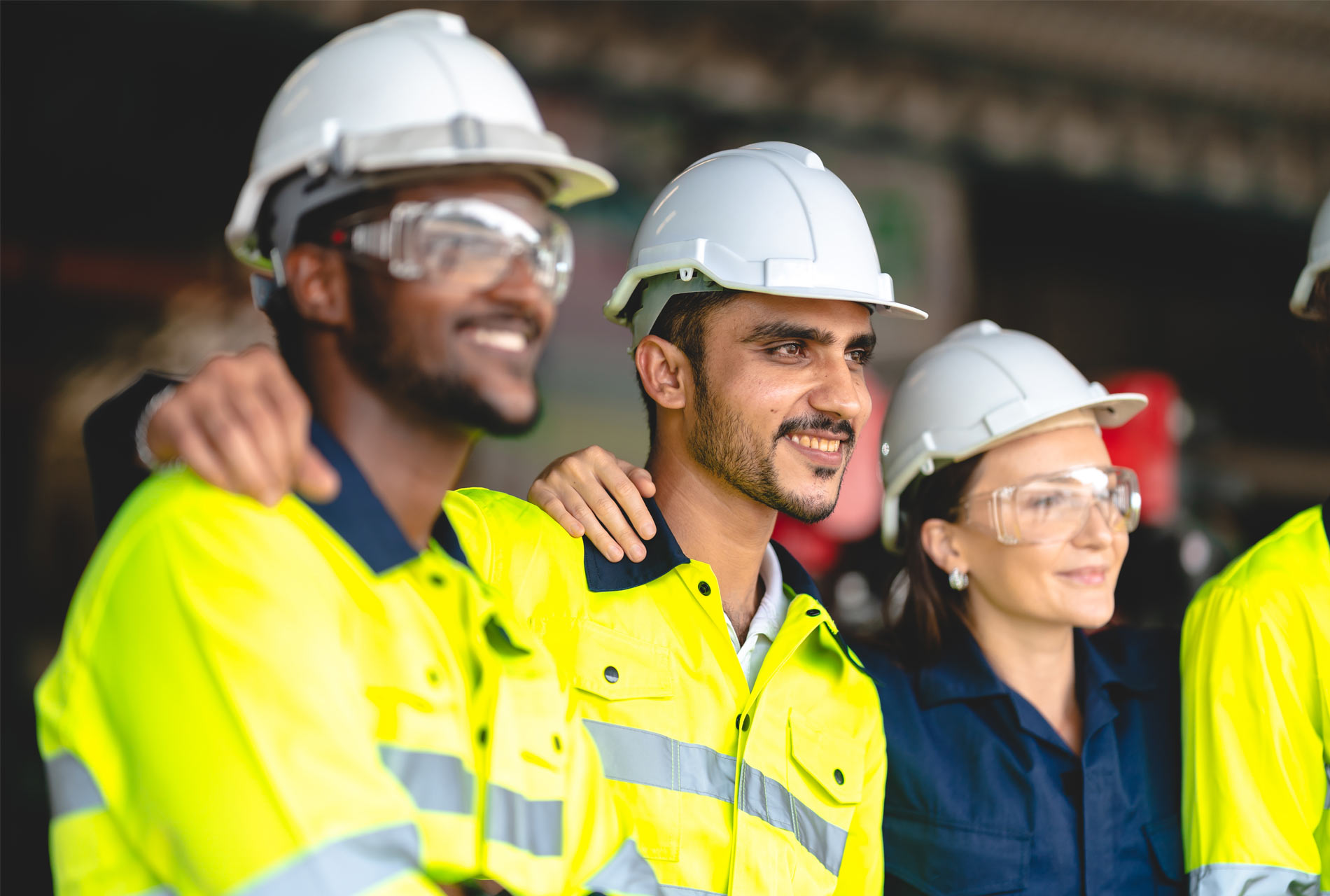 5 min
5 min
Découvrez les tendances 2024 de la construction durable
1 – Sustainable construction’s sole aim is to move toward low- or zero-carbon buildings => FALSE
There is now a broad consensus on the benefits of creating low-carbon buildings or renovating to achieve this goal. This trend requires an assessment of all the CO₂ emitted by a building over the course of its life cycle, a criterion known as “Whole Life Carbon emissions”, which is bringing about avenues for progress: improving insulation, the choice of materials, low-carbon solutions and energies, light construction, etc. Over and above decarbonization, sustainable construction and renovation fall within an approach incorporating more efficient use of natural resources and a reduction in non-recovered waste.
It also helps improve the working conditions of workers on sites, avoiding contact with hazardous or unpleasant substances or prioritizing the use of lighter or easier-to-handle products. Last but not least, it offers residents a healthier environment that is a pleasanter place to live in every respect (air quality, thermal, acoustic and visual comfort, etc.).
2- Building or renovating sustainable buildings is more expensive => FALSE
Sustainable construction proves to be economically more advantageous whenever the calculations take into account the overall cost, i.e., across the building’s entire life cycle. The running, upkeep, and maintenance expenses are more effectively controlled and reduced. According to the World Green Building Council, the operating costs are 14% less for a new sustainable building. As illustrated by the BedZED project in South London, choosing eco-friendly materials proves to be more profitable: highly durable timber-framed windows are cheaper than PVC, as are reclaimed steel and timber (compared to new materials). Moreover, the benefits with regard to occupants’ well-being and productivity are very positive. Accordingly, sustainable offices have higher occupancy rates and rents, while the quality of learning is much better in sustainable schools. Responsible buildings are also put on the market at a higher price than a standard building and their residual value is higher at their end-of-life. Finally, there are many advantages from a macroeconomic perspective: a reduction in carbon emissions, use of resources, health expenses, waste, and sources of pollution. In future, the widespread use of sustainable construction solutions should reduce the costs even further.

3- Sustainable construction merely takes an environmental approach => FALSE
An eco-constructed building undoubtedly boasts a reduced environmental impact. To this end, it is based on two levers: decarbonization and circularity. The first requires a distinction between embodied carbon (CO₂ emissions from the manufacture, transport, installation, maintenance, and disposal of building materials and products) and operational carbon (emissions from the energy sources used to heat, cool, ventilate, light, and power the building). The actions undertaken by sustainable construction aim to mitigate or even reverse all these negative effects. Likewise, a circularity approach, involving more efficient use of natural resources such as water and sand, helps improve a building’s environmental footprint.
However, sustainable construction covers many other aspects, meeting the issues at stake regarding the three key — environmental, social, and economic — parameters of sustainable development. It has a positive and proactive effect on the health and safety of workers on sites along with residents, not forgetting a performance objective in terms of economic value, a reduction in energy-consumption costs, and quality. It also represents a factor in social and regional justice through the development of low-energy buildings and their adaptation to the behavior and uses of those who live or work there. Finally, its ability to align with the regulations in force allows it to anticipate future requirements in the sector.
4- Building more sustainably involves using only local or bio-based materials => FALSE
It goes without saying that choosing local materials can reduce a building’s carbon footprint, as demonstrated by the urban planners of the BedZED housing development, avoiding the emission of 120 metric tons of CO₂ by sourcing materials within an average radius of 66.5 miles. Another solution is prioritizing low-carbon modes of transport (CNG-powered trucks or inland waterways), like the Paris 2024 Olympic and Paralympic Games project. Materials’ packaging must also be taken into account, bearing in mind that glass wool insulation compressed by a ratio of 1 to 10 will have a much lower impact than non-compressible insulation transported over a shorter distance.
Some bio-based materials are less eco-friendly than they may appear, due to energy-consuming industrial processes and the presence of additives and synthetic binders along with hazardous substances (certain flame-retardant salts, for example). Hence the usefulness of analyzing the impacts across the entire life cycle of the products manufactured when making a choice and researching their content. In addition, the environmental impact of mineral-based materials is significantly reduced as their manufacture becomes less energy- and carbon-intensive and uses more recycled content and co-products from other industries.

5- Sustainable construction is inevitably less beautiful => FALSE
The myth of monotonous, unsightly architecture may have originated in the 1950s with the increase in prefab houses. However, examples of innovative sustainable renovations or new constructions have been springing up ever since around the world: Mjøstårnet, the world’s tallest timber tower in Norway, Echo university building in The Netherlands, Ostro Passivhaus in Scotland, and Casa Azul in Guarujá.

Certain parts of a building need simply be replaced to give it an original aesthetic. Striking examples include the installation of trim products from the CertainTeed range on the Yale Science Building and Tampa International Airport. Other sustainable buildings rival each other in terms of originality, such as EDEN in Singapore, with balconies that resemble hanging gardens, or The Wintles eco-community on the English/Welsh border made up of 12 timber-framed homes.
Photo credits: © Gorodenkoff/stock.adobe.com, © Makda/Alamy, © Moelven, © David Barbour, © Hufton+Crow














